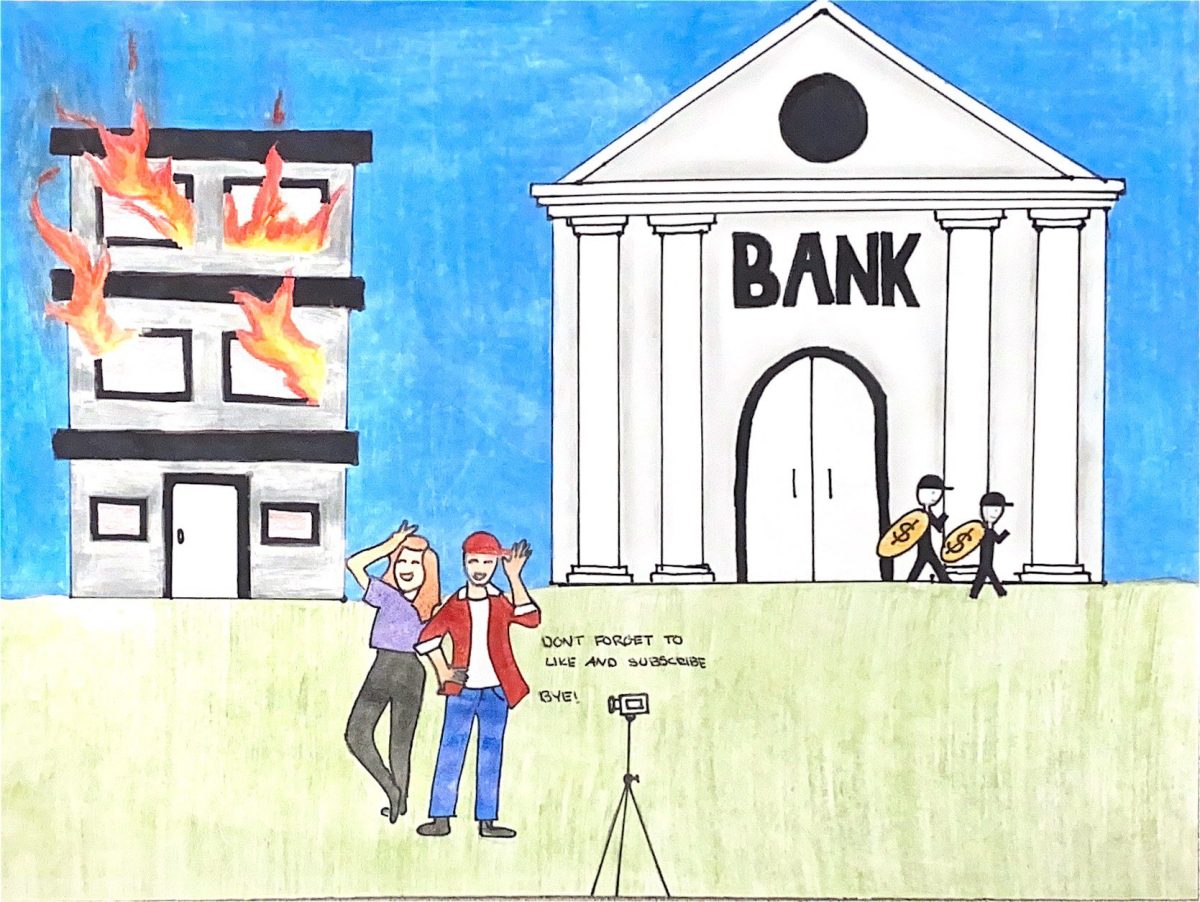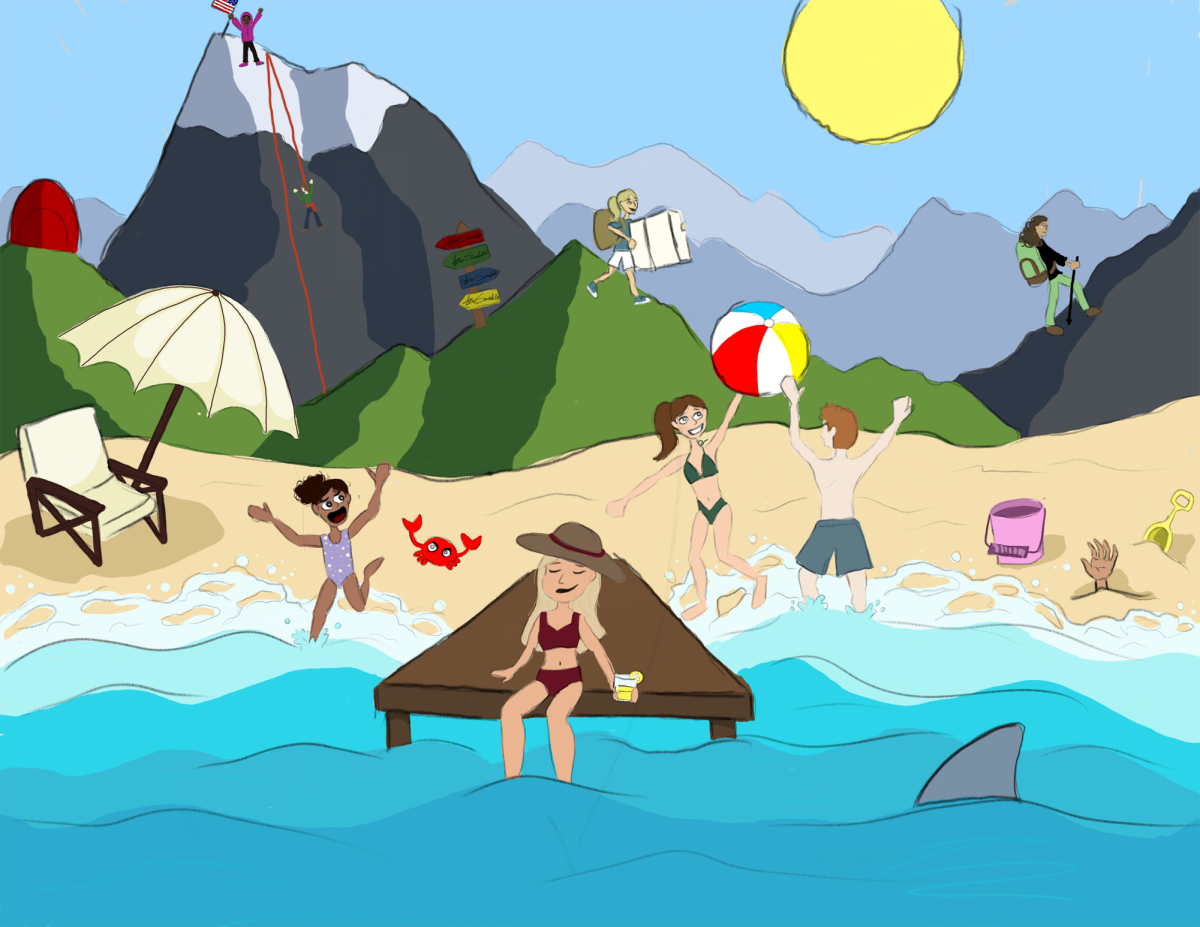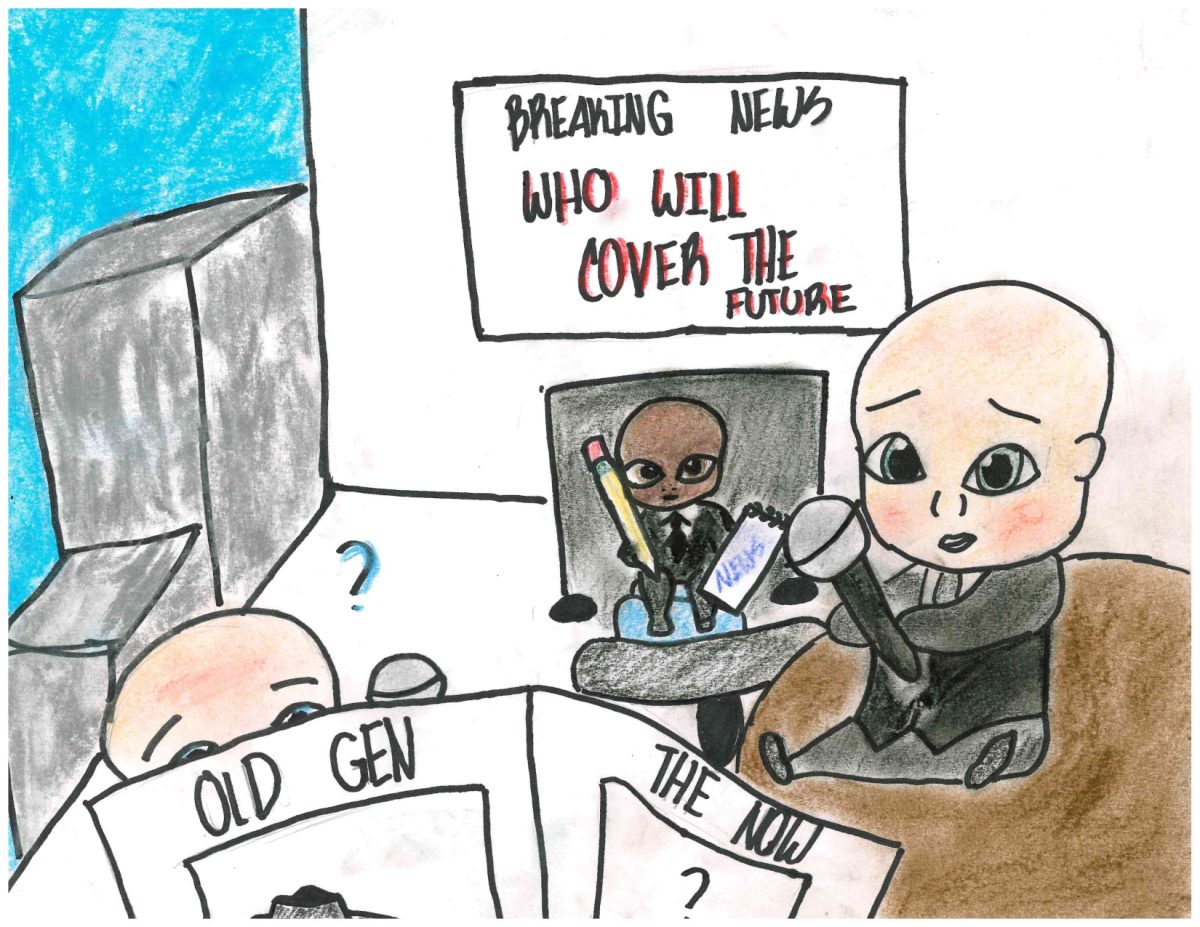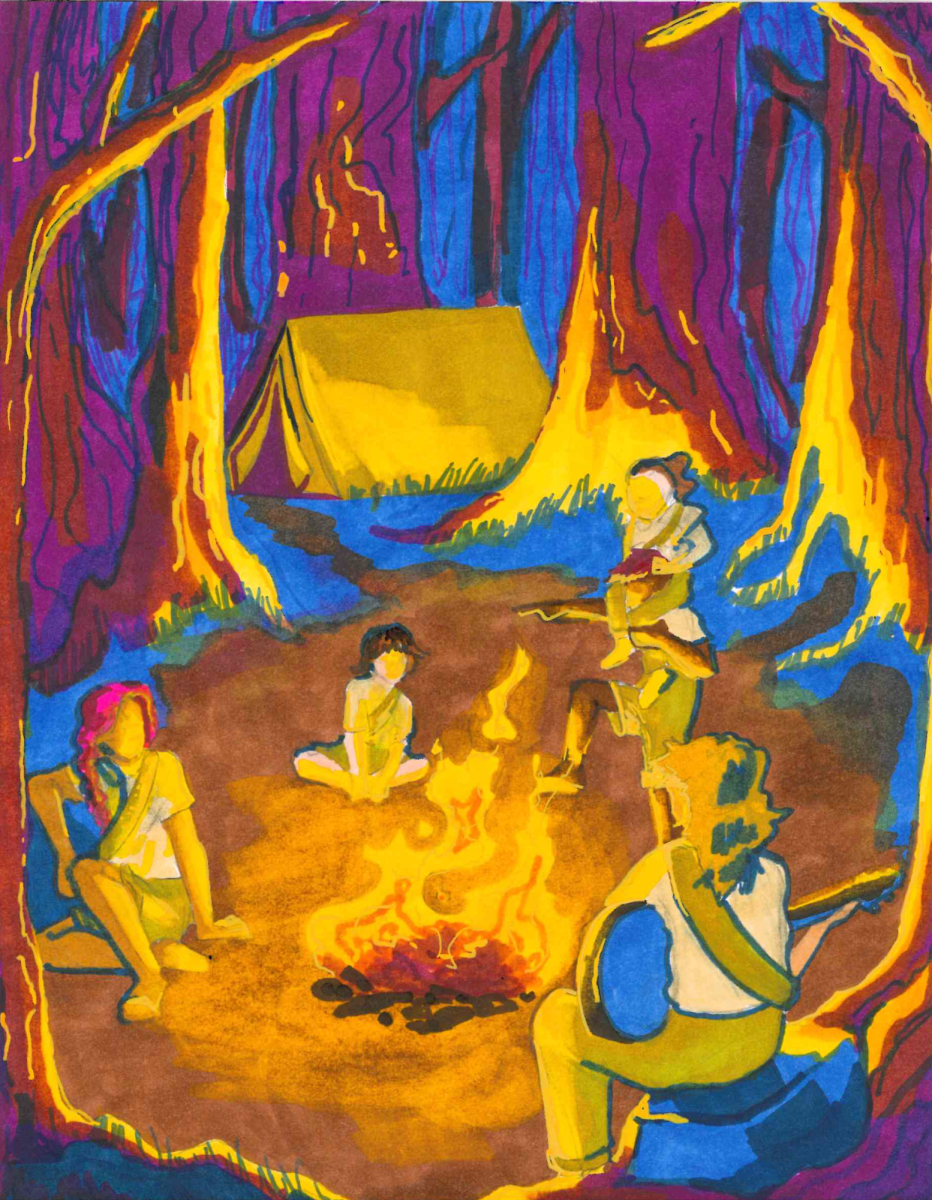To digitally document and share events and information with one’s community and beyond, people have turned to employing informal journalism.
Citizen journalism refers to when people in the general public use their phones, computers, etc. to film, photograph, write about, etc. events as opposed to professional journalists that operate for news and media organizations.
Common examples of citizen journalism include people filming natural disasters, protests and other newsworthy events and uploading them to social media.
For example, following legislation that threatened Hong Kong’s democratic policies, mass pro-democracy protesters took to the streets of Hong Kong in 2019-2020.
Citizen journalists filmed these protests, exposing the violence used by Hong Kong’s police force.
Citizen journalism could also be more localized, with people covering things like neighborhood events on personal social media accounts that may not have been publicized by professional news organizations.
Ultimately, citizen journalism aims to bring awareness to underrepresented stories or provide a personal perspective to popular events.
However, while citizen journalism gives a platform and voice to the people, there are dangers.
In certain situations, the barrier of hiding behind your phone to record an event instead of prioritizing helping those involved is becoming more and more prominent.
For example, at Souderton, every time a physical fight breaks out between students, you can always count on a video being available.
Oftentimes, viewers aren’t even watching the video from its original source, but are watching it as it’s been recycled and sent to user after user on Snapchat.
Some people even post these fights to their stories or group chats, sending the video to hundreds of students in minutes.
Each video is focused on the individuals fighting, with a circle of students watching with surprised faces or laughing.
This type of citizen journalism isn’t meant to uplift communities, but instead is used to feed into one’s curiosity or simply to have someone to laugh at.
Being witness to an event like this can be shocking; it’s something crazy to report back to your parents when they ask you how your day at school was.
However, simply standing and watching should not be the expected or acceptable reaction to watching people harm each other.
Filming students fighting provides another layer to the act of being a bystander.
Yes, oftentimes student fights stem from immature ways of coping with conflict, leading bystanders to find the event humorous.
Yet, we often forget just how much adrenaline courses through people when angry, and how this energy can manifest into violence where our own peers are subjected to injury.
No, this doesn’t mean that students are expected to jump into each fight they see and therefore put themselves at risk as they attempt to break it up.
Breaking up the fight by yourself is not only unexpected, but something you should not be doing.
Getting injured while breaking up a fight is a dangerous solution and puts yourself at an unnecessary risk of harm.
Instead, students should immediately alert a nearby teacher or administrator so that they can properly deescalate the fight.
Another large reason for nobody stepping in to help is the belief that if someone does, they will be made fun of and seen as somebody who “takes things too seriously.”
Now that might be the case with some spectators, but in the grand scheme of things, is how we are viewed by others more important than the safety and well-being of another?
If the situation was flipped and you found yourself in a fight, finding videos of the altercation being passed around and laughed at would not be a good at all.
Recording these fights not only keeps the filmer from helping the people involved, it also is believed to increase the number of fights that occur.
According to Michigan Youth Violence Protection Center (MYVPC), continual exposure to violence can have adverse effects on kids and young adults.
Studies done by the MYVPC have shown that children who are more exposed to violence and fights are more likely to exhibit antisocial behavior.
This antisocial behavior can vary from small acts of violence or anger to criminally offensive violations.
From kindergarten to 12th grade, children’s brains are shaping and adapting constantly through their environment.
Children surrounded by violence are more likely to use violence and aggressive behavior to solve their problems, according to Albert Bandura’s social cognitive theory.
This research is being proven everyday in schools across the country.
According to a survey by the National Center for Education Statistics, approximately 46% of schools in America have seen an increase in fighting and violence in recent years.
Recording fights offers zero benefits or solutions to any person, especially the people involved.
The idea of citizen journalism is a critical aspect of the news industry and should be upheld to the highest standard.
According to the National Library of Medicine, citizen journalism proactively engages the community and provides information that is inaccessible to government sources.
With this in mind, phones and recording devices must be used to promote necessary and news-quality stories, not high school fights.
As the school year is coming to a close, it is paramount that seniors lead the way for underclassmen.
Many seniors are legal adults and are going to be going into the real world soon.
While school fights may be seen as less dangerous by some students, fights that happen in the real world can be extremely dangerous, for those involved and those not. It is dire to know what to do.
So as school is coming to an end, seniors need to step up and show acceptable behavior.
Instead of focusing on how others will see you or if you will end up on social media, be the bigger person and find help before somebody is seriously injured.
We need to prioritize safety over views
As citizen journalism trickles into everyday life, it’s time we take into consideration the murky line between documenting events as onlookers and becoming harmful bystanders.
May 3, 2024
0
Tags:
More to Discover







